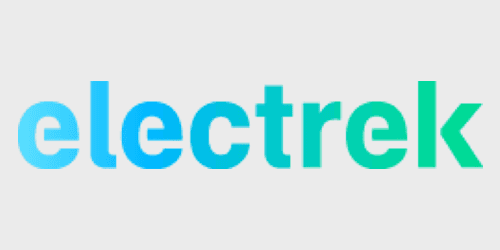

You might remember when we reported on Nick Pfitzer, one of the first Tesla Powerwall customers and the very first in Australia. The Pfitzner family paid $16,000 for a solar installation with the Tesla Powerwall and now 6 months later, they are back in the news with some positive feedback and an electricity bill in hand to prove it.
Nick recently spoke with correspondents from ABC’s Sydney, Australia branch on the impact that it has had on his family’s everyday life.
He states that he has significantly cut down his daily energy bill by an incredible 90-percent (from $5-$6 a day to just 59 cents) and that his family has consequently learned to use their appliances in a more mindful manner. One example is that they use their “dishwasher during the day and shift as much power use to the daytime” so that they effectively use only solar energy for heavy duty tasks.
Conversely, even though the Powerwall has provided him and his family a great deal of utility, he also shares his critical feedback. He goes on to state that, at this point in time, that the current generation power and energy banks “don’t make sense from a pure financial perspective,” and that “pretty much none of them will pay for themselves before the warranty expires.” And that definitely holds some truth to it. But, Mr. Pfitzer continues on and says that, right now from his perspective, it is about “eliminating waste.”
The financial benefits of a home energy storage system are highly dependent on the region and electricity costs. It doesn’t make sense everywhere.
Yet, Nick says that people with solar installation should consider the system:
“People with solar power know about the benefits but the Powerwall takes it to a new level for me,” he said.
“When the sun goes down, I’ve still got peak power from the battery.”
Lastly, Nick brings up a potential feature that Tesla could implement into their power packs going forward. He suggests:
“An off-peak system that will be able to predict what the weather will be, and if the battery is running low or cloudy days are expected, the system will draw power from the grid in cheaper, off-peak times of the day.”
It is a, seemingly, simple additive that could be put into later iterations of the Powerwall which could, most likely, prove to be even more useful than it already is to consumers all around the world. Tesla currently sells the system through authorized resellers in the following countries:
- Switzerland
- Germany
- Austria
- The Netherlands
- Belgium
- UK
- South Africa
- Australia
- New Zealand
- United States
What recommendations would make or features would you add to the Powerwall? Leave your comments down below!
If you are interested in solar and energy storage, we suggest you get quotes from more than one installer to make sure you get the best energy solution for your house or business. UnderstandSolar is a great free service to link you to top-rated solar installers in your region for personalized solar estimates for free.
FTC: We use income earning auto affiliate links. More.



Comments